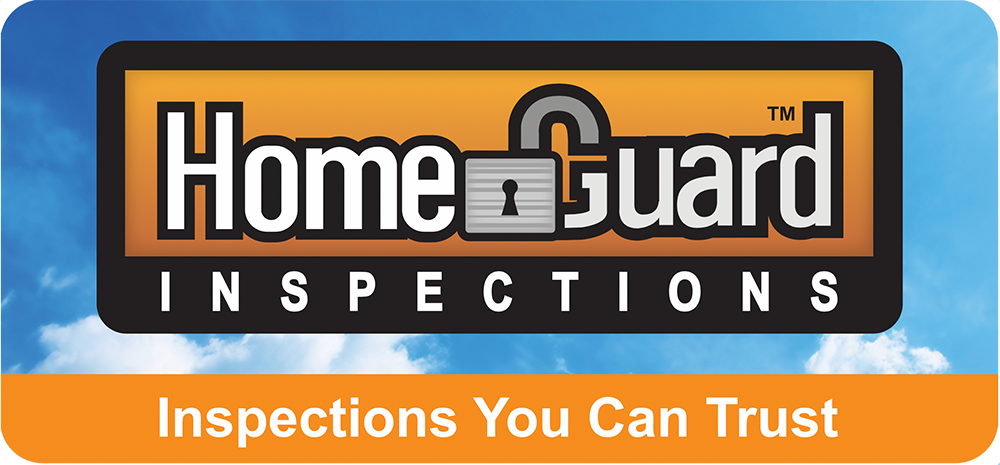If you’re home or commercial property shopping, it pays to be aware of the most common roof defects buyers should look out for in their due diligence. It should go without saying a home inspection or commercial property inspection is almost always a sound investment and can help identify existing roof defects. However, whether working with a home inspector, or commercial property inspector, or evaluating the property on your own, there are five key defects to look for as part of your due diligence.
Defect No. 1 – Damaged Shingles
The presence of cracked, worn, or missing shingles are the first visual clues to look for and can be caused by a variety of factors, including lack of maintenance, wind and aging. If left unchecked, the underlying roof deck may become exposed to moisture damage and eventually lead to water intrusion into the interior of the home or commercial building. Often, damaged or aging shingles can present themselves in the form of buckling, cupping, curling, splitting, and granule loss.
Defect No. 2 – Visible Water Stains
Another sign of roof problems might be water stains in the home’s attic or interior walls or ceiling of the home or commercial building. These stains are generally caused by water seeping into the home due to holes, cracks, or inadequate flashing around chimneys and other penetrations in the roof. For example, discoloration on walls and ceilings might indicate a leak within the structure due to a damaged or aging roof.
Defect No. 3 – Improper Ventilation
Improper ventilation is another common issue and can lead to poor air quality, high levels of moisture in the attic, wood rot, and ice damming. Ice damming is a process where snow on the roof melts and refreezes at the eaves due to warm air escaping from inside then causes water to back up under shingles and leak into the interior. Buyers should look for the presence of roof vents and vents that are in good condition, bring enough air to the attic space, and are properly flashed.
Defect No. 4 – Loose or Rusted Flashing
Deteriorating flashing is another indicator of potential roof problems that home buyers should be aware of. Flashing is used to help protect the home from water damage caused by wind-driven rain or snow around windows, doors, and other penetrations in the home’s exterior walls. Loose or rusted flashing can lead to water intrusion into the interior of the home or building and can be an indication of a roof nearing the end of its useful life.
Defect No. 5 – Presence of Algae or Moss
Finally, home buyers should be aware of algae and moss growth on their roofs as it can lead to long-term problems, including shingle deterioration and discoloration if not addressed. Algae and moss can discolor the roof’s covering and also feeds off the limestone filler in asphalt shingles, depleting their protective coating over time, which can potentially lead to expensive repairs down the road.
Bringing it all Together
When evaluating a property for purchase, you can benefit from being on the lookout for these 5 visual clues to underlying roof problems. A home inspection or commercial property inspection with a qualified professional is a great way to help you in your due diligence. And taking these additional steps can help ensure that you are aware of what you are purchasing and be able to plan for the long term.
HomeGuard Inspections™ offers home inspection and commercial property inspection services in the Salt Lake City metropolitan area from Ogden to Spanish Fork and Heber to Tooele. Contact us to request an inspection.

